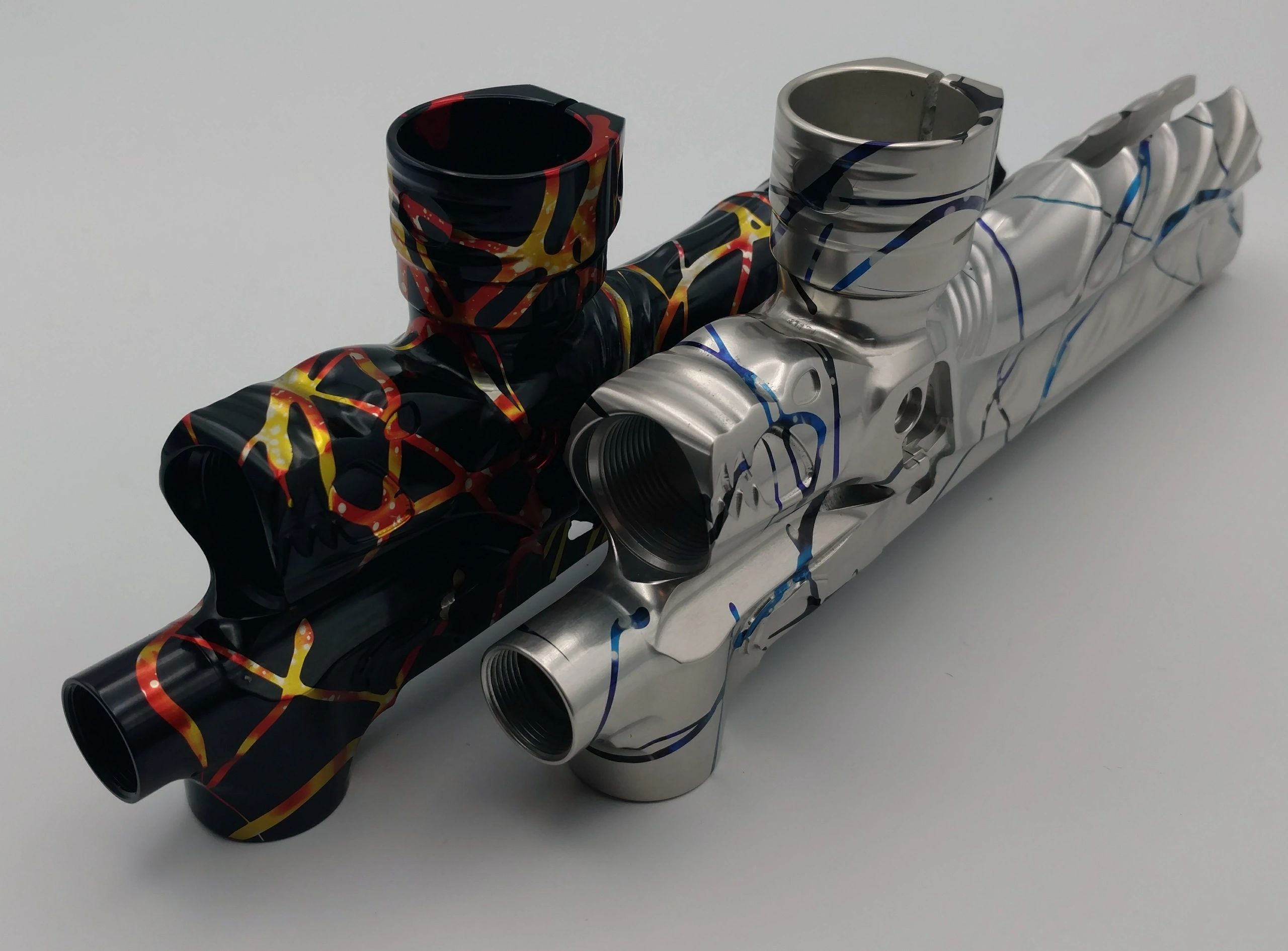Anodizing guys:
When you re-anno something, how does it affect the part tolerances.
Does it make your parts looser or tighter?
Example A:
- Existing Silver Anno
- Stripped Back to Raw (is this how the process works?)
- Re-Anno (solid base color with old school drip/splash)
Is there any chance your parts will not fit correctly or the marker might not work?
Also, could you add a splash to an already anno'd gun? If my gun is currently white, can they just throw on some splash or it needs to all be wet or fresh together?
When you re-anno something, how does it affect the part tolerances.
Does it make your parts looser or tighter?
Example A:
- Existing Silver Anno
- Stripped Back to Raw (is this how the process works?)
- Re-Anno (solid base color with old school drip/splash)
Is there any chance your parts will not fit correctly or the marker might not work?
Also, could you add a splash to an already anno'd gun? If my gun is currently white, can they just throw on some splash or it needs to all be wet or fresh together?


Comment